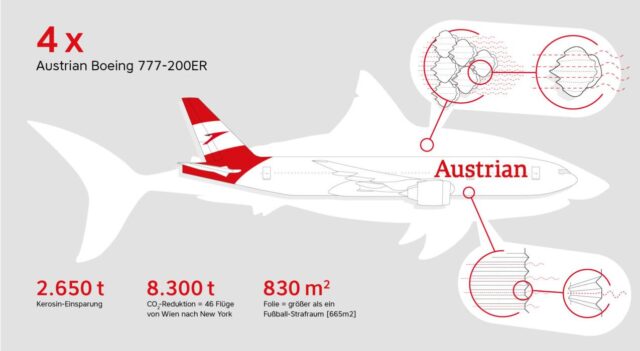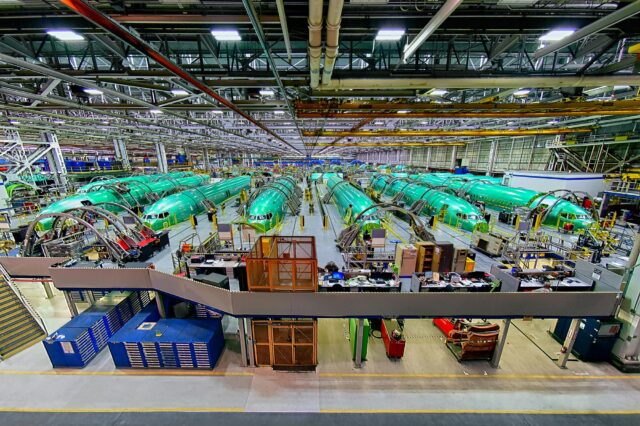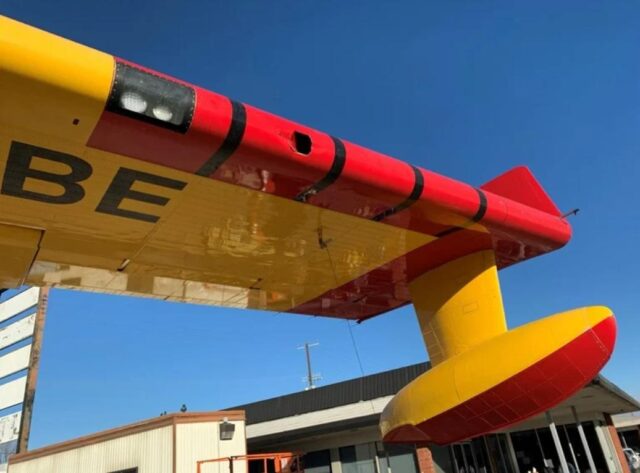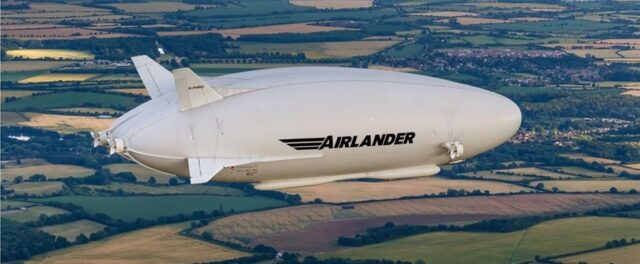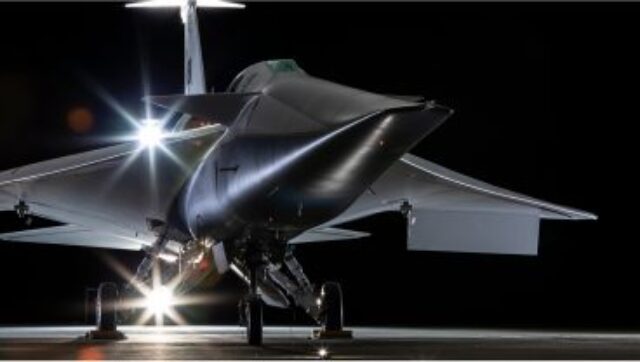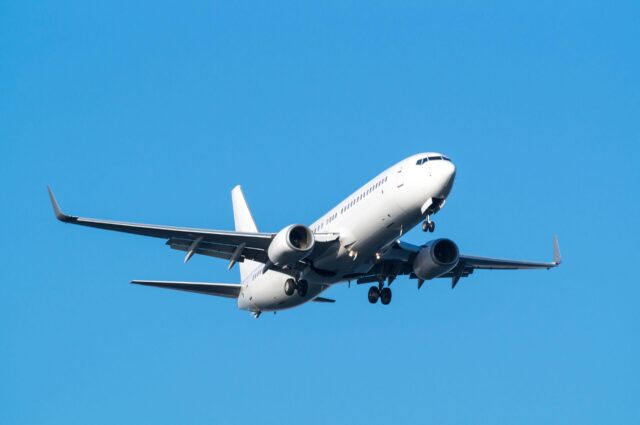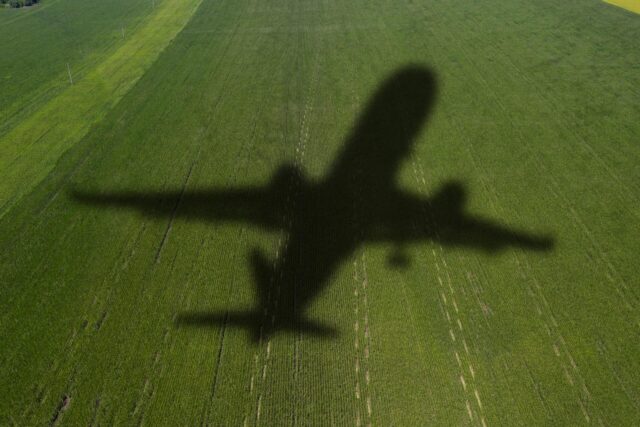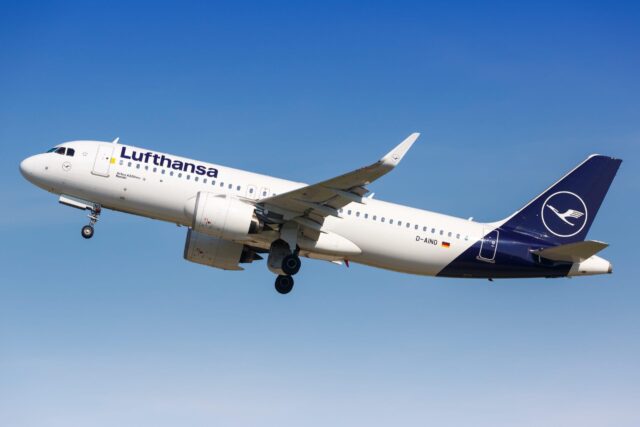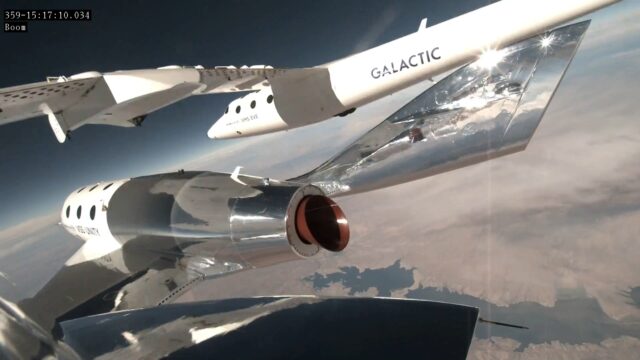Ultimate endurance: achieving solar-powered perpetual flight
September 2, 2024

Design and develop an aircraft with a wingspan exceeding that of the Boeing 747’s, fuel it exclusively with energy from the sun, and fly it continuously for up to 90 days.
At least, that’s the milestone Oklahoma City-based Skydweller Aero hopes to achieve, building upon its success of achieving the world’s first entirely autonomous solar-powered flight earlier this year. So much more than merely a technological milestone, the Skydweller aircraft also represents a unique opportunity to enable various long-duration missions to support national security and non-terrestrial communications.
From warlords to world records
Skydweller Aero was founded back in 2017, when Miller (whilst working in the US defence industry) was tasked by the Defense Advanced Research Projects Agency (DARPA) to help select an airborne platform to assist in locating Joseph Kony, a notorious African warlord accused of committing atrocities against many tens of thousands of people in northern Uganda. With Kony believed to be hiding under dense jungle canopy, an aircraft capable of carrying the FORESTER radar was required – something that, at the time, didn’t exist.
“Seeing an opportunity, I co-founded Skydweller Aero and then bought the Solar Impulse 2, the Swiss single-seater solar-powered plane… which had recently become the first to circumnavigate the globe in 2016,” explained Miller. Skydweller retrofitted the platform to operate remotely and a new concept was born.
Optimised aircraft design
To date, Skydweller Aero has just one aircraft, although additional units are currently in the production process. “All of our ultra-reliable fly-by-wire, vehicle management system, autonomy and mission management software has been developed in-house,” revealed Miller, who added that despite its huge wingspan (236ft), the Skydweller weighs about the same as a Ford F-150 pickup truck. (For comparison, the 747 – with its wingspan of 224ft – weighed in at around 187 tons, even without fuel, freight or passengers).
“From the beginning, the airframe has had a robust design to sustain flight with wind gusts and weather phenomena,” continued Miller. “The use of carbon fibre along with other weight saving design approaches has enabled a lightweight, yet durable aircraft”. The Skydweller also has an ADS-B system onboard and the provision for remote operators to talk with air traffic control.
A recent milestone saw the Skydweller stay aloft for fifteen consecutive hours, with its ability to collect enough energy during the day to both power the platform and charge it through the night a critical element of ‘breaking the solar cycle’. “The aircraft has adequate solar panels and battery capacity to do that,” Miller explained. Each aircraft’s endurance is presently set at 90 days, which “represents the typical 2,000 hours that current aircraft will fly before a maintenance cycle;” however, as the company obtains more experience with mechanical components, the flight time will be extended.
Eyes in the sky
With an aircraft able to carry up to 800lbs of payload (which can be fed by “very high levels of continuous power”), each Skydweller can carry a variety of payload missions simultaneously. These can be mounted in the fuselage or along the wing, providing ample flexibility for payload integration.
Although Skydweller Aero currently has military customers, the company expects the aircraft to be attractive to non-military government agencies for missions such as Earth observation, and to private companies like the telecommunications industry. “We see Skydweller as complementary to satellites,” revealed Miller, noting the high costs and limited pinpointed coverage associated with GEO and LEO satellites respectively. “Uncrewed, autonomous, with extreme endurance and unlimited range, our aircraft can go where it is impractical to send crewed aircraft, persistently loiter, and do so at a fraction of the cost of other systems whether conventional surveillance drones / aircraft or satellites”.
Future flights and future contracts
Alongside an existing contract to the US Navy (as part of Autonomous Maritime Patrol Aircraft, a Joint Concept Technology Demonstration programme), Skydweller Aero is also under contract with several as-yet-undisclosed western military allies.
Having recently announced (in July 2024) its intention to fly non-stop around the world without needing to land or refuel in-flight – a first-of-its-kind world record – Skydweller will follow in the footsteps of USAF Boeing B-50 Superfortress ‘Lucky Lady II,’ albeit with a significant difference: doing away with the need for in-flight refuelling during the non-stop circumnavigation.
After the flight test programme (operating from Mississippi’s Stennis Airport) is complete, the next major milestone is ramping up current production to support Skydweller Aero’s customers.

